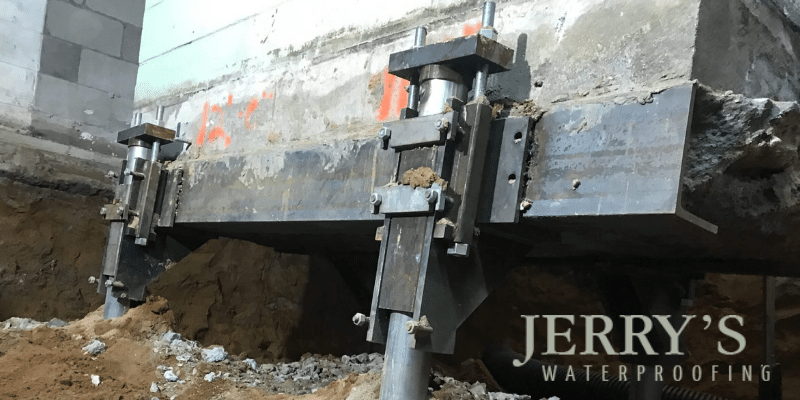Ceiling cracks can become a significant concern for homeowners. They lead to water leaks and create unattractive blemishes on the ceiling and walls. Ceiling cracks are prevalent in aging homes but can also indicate significant foundation issues such as settlement. All homes, regardless of age and material, will encounter movement over time. So, what causes movement?
Movement is usually caused by soil shrinkage and expansion due to inconsistent moisture levels and fluctuating temperatures. As a result, cracks form throughout the home’s structure, including the walls, floors, and ceiling. If you suspect foundation problems, look for other signs such as cracked slabs, gaps between windows or doors and walls, foundation settlement, water seepage, floor cracks, wall cracks, sticking doors and windows, or sloping floors.
How do ceiling cracks form?
Ceiling cracks created by aging homes are usually small, hairline cracks with a spiderweb pattern. They are located towards the edge of the ceiling. However, cracks created by settling foundations produce different symptoms. Look for the following issues to determine if your ceiling cracks are a serious threat:
- Vertical Cracks: Cracks that run across the ceiling and continue down the wall in the same direction are a big concern. The studs in the wall may be weak, or the home may be settling. Our experts can examine the size of the crack to determine if it was created by hydrostatic pressure.
- Large Cracks: Large cracks that are wider than 1/16 inches are a sign of foundation failure and should be inspected by our professionals.
- The Location of the Crack: The location of your cracks determines if they pose a serious issue. Wide, long cracks that form toward the center of the ceiling or near load-bearing walls indicate foundation failure.
- Bowing or Dipping Ceiling: Cracks accompanied by a bowing or dipping ceiling are a major sign of settlement. When the structural support weakens, the joists of the home become unleveled, and the ceiling starts to sag.
- Water Damage: High moisture levels are another cause of ceiling cracks. Moisture issues can result from poor drainage, inadequate waterproofing, or plumbing leaks. To avoid water damage, repair plumbing issues and invest in a heavy-duty sump pump. Look for signs of water intrusion, such as crumbling drywall, discolored walls, peeling paint, mold growth, wood rot, or water puddles.
If you notice any of these issues in your home, contact Jerry’s Waterproofing in Omaha, NE. We will take immediate action to determine the cause of your damage and provide an effective foundation repair method for your settling home.
Solutions for Settling & Sinking Foundations in Omaha
Jerry’s Waterproofing in Omaha, NE, offers ceiling crack repair solutions for its residents. It is important to have your cracks examined by a professional to eliminate further foundation issues and costly repairs. Jerry’s Waterproofing uses a variety of underpinning methods to repair your settling foundation. We offer the following products:
- Helical Piers: Helical piers are screwed into the soil to stabilize and support your home. These piers are versatile, causing minimal disturbance to the worksite.
- Steel Piers: Steel piers are similar to helical piers, except they are driven into the ground until they reach suitable, load-bearing soil. The structure’s weight is transferred onto the piers, which are then lifted back to their original position.
Our foundation repair products are made by Earth Contact Products, the leading manufacturer in the underpinning industry. We guarantee quality products and professional service. The experts at Jerry’s Waterproofing in Omaha, NE, will determine the best foundation repair product for your situation. Don’t wait to make the necessary repairs, contact our team today for a free estimate. We’ll help you save time and money.




